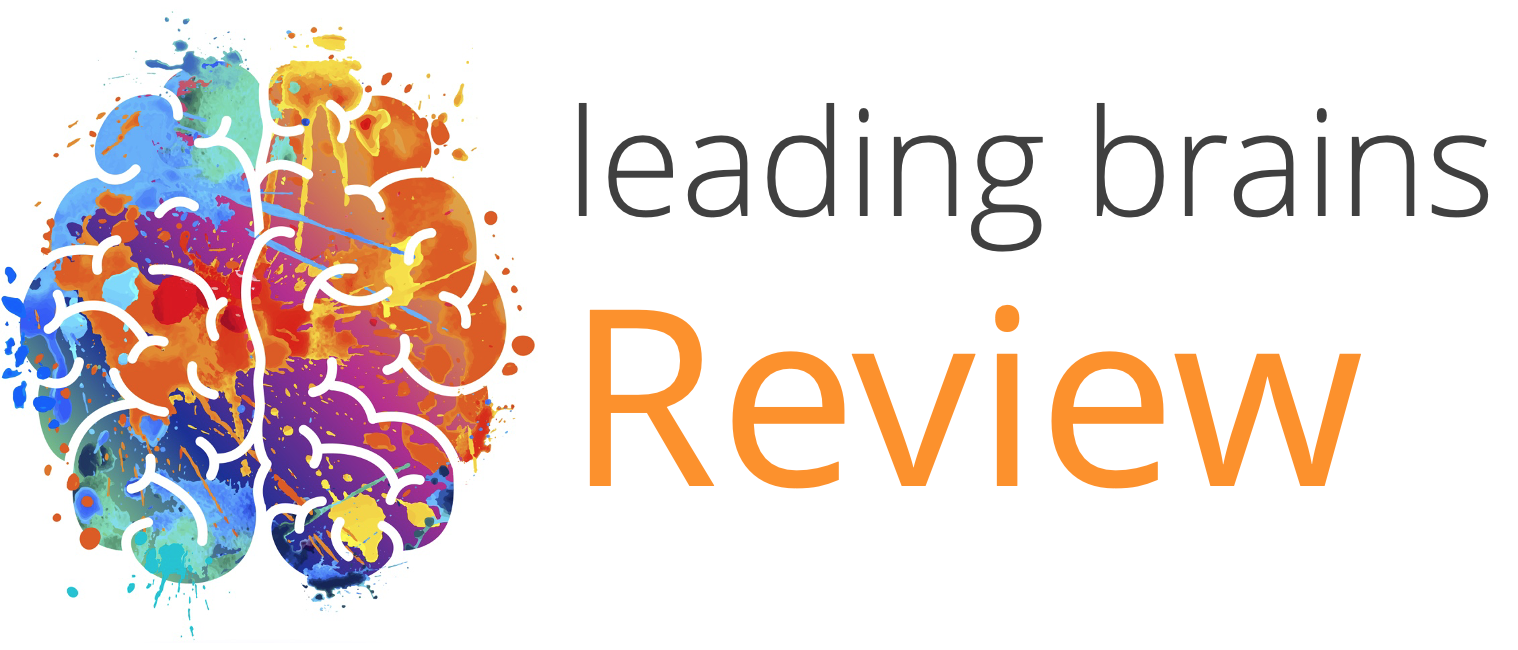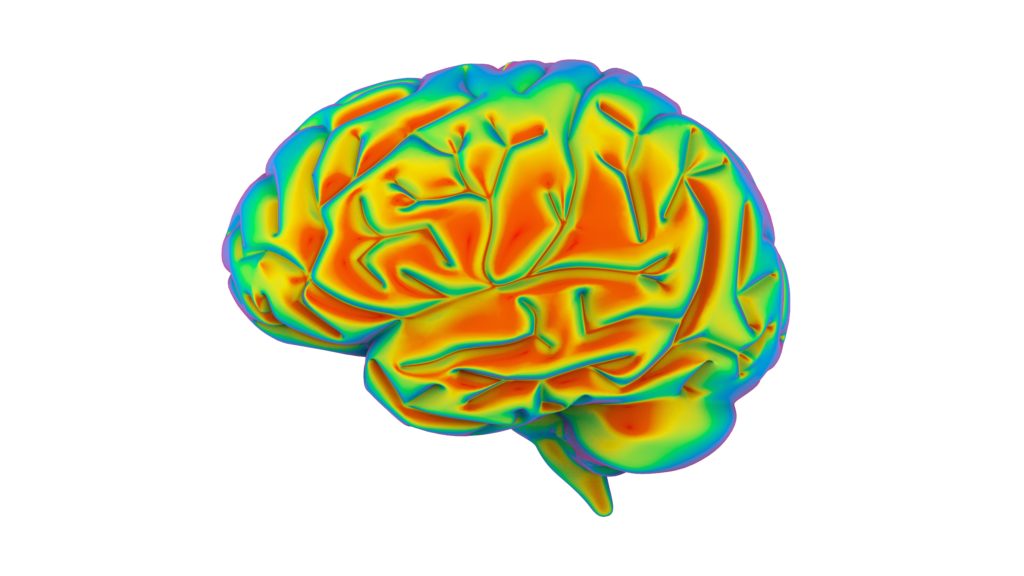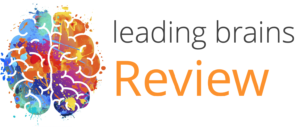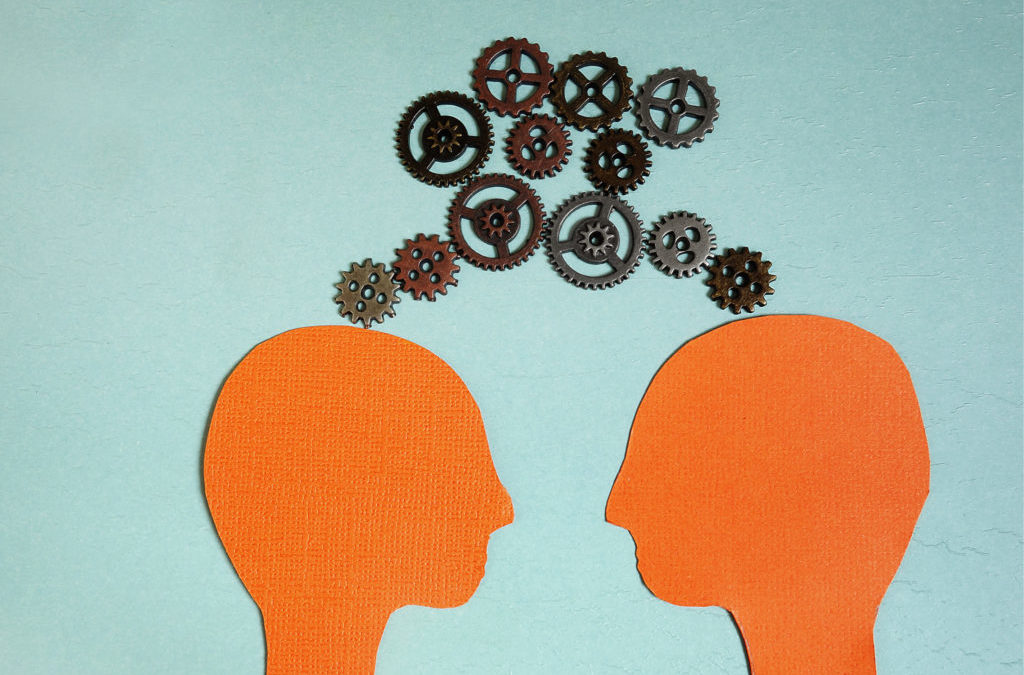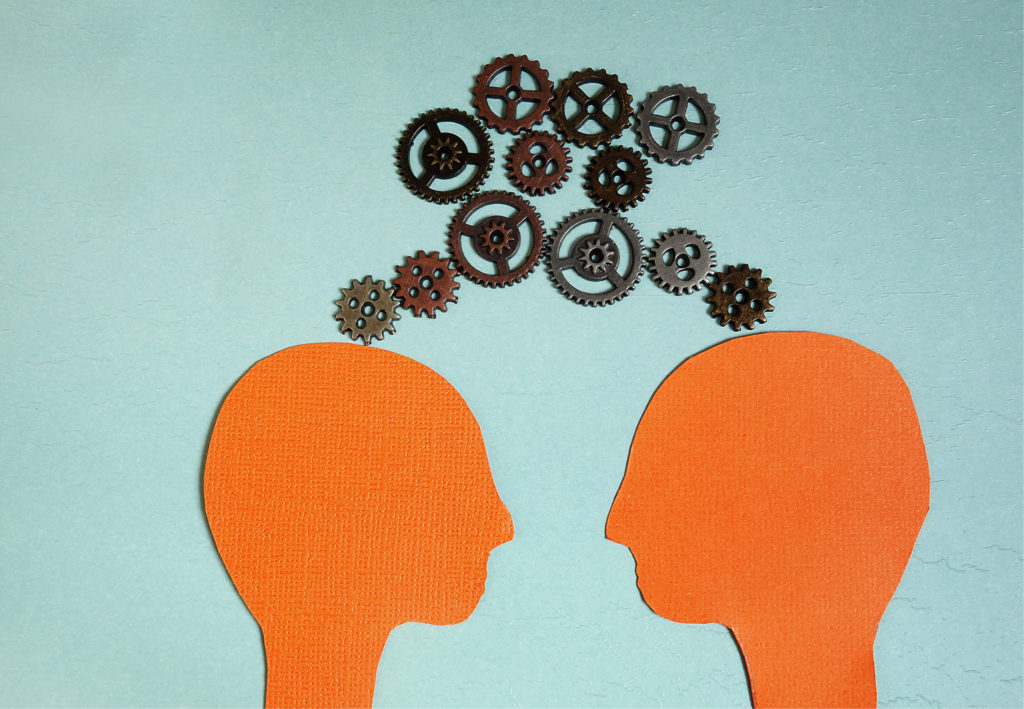I have reported multiple times on loneliness during the pandemic – mostly because interest and research into loneliness has taken a large uptick. I have also reported on how to combat this and was happy to see that a piece of research just out proved what I had...

Caffeine Makes You More Prone to Impulsive Buying
Quick Hits
Daily brief research updates from the cognitive sciences

A fascinating piece of research just published shows that drinking coffee makes you more impulsive. That means you are likely to buy more, and more items you actually don’t need.
What is astounding though, is that the effect sizes in this study was dramatic to say the least.
What did these researchers at the University of South Florida find?
They set up a complimentary coffee stand at a store and then offered shoppers complimentary coffee. But only half received caffeinated coffee with the other half receiving decaffeinated coffee. 300 of these people then shared their receipts with the researchers.
The found that those who had drank the caffeinated coffee spent 50% more on average and 30% more items. This figure is exceptionally high. Also suggesting that these individuals probably had no strict budget restraints.
The analysis also showed that those caffeinated shoppers also bought more non-essential items. However, this was not a controlled lab experiment, so the researchers also conducted a lab-based experiment whereby 200 participants then selected what they wanted to buy from a preselected list of 66 items. Again, after drinking caffeinated coffee or decaffeinated coffee or a non-caffeine drink such as water.
The again found that those who had drunk the caffeinated coffee picked more items that could be considered impulsive purchases i.e. non-essential items.
Why?
The effect sizes are so large I would certainly like to see more follow studies on this. However, the group sizes should be large enough to weed out any fluke irregularities. The researchers noted that caffeine is a stimulant and also actives various energizing and feel-good pathways in the brain notably the dopamine network. This can lead to a higher energetic state but also more impulsiveness and lower self-control.
So mental note: before going shopping, keep off the coffee●

Andy Habermacher
Andy is author of leading brains Review, Neuroleadership, and multiple other books. He has been intensively involved in writing and research into neuroleadership and is considered one of Europe’s leading experts. He is also a well-known public speaker speaking on the brain and human behaviour.
Andy is also a masters athlete (middle distance running) and competes regularly at international competitions (and holds a few national records in his age category).
Reference
Dipayan Biswas, Patrick Hartmann, Martin Eisend, Courtney Szocs, Bruna Jochims, Vanessa Apaolaza, Erik Hermann, Cristina M. López, Adilson Borges.
EXPRESS: Caffeine’s Effects on Consumer Spending.
Journal of Marketing, 2022; 002224292211092
DOI: 10.1177/00222429221109247
More Quick Hits
How to reduce loneliness
COVID on the Brain
Many COVID-19 patients have reported various neurological symptoms – the well-known brain fog, but also headaches and decreased cognitive function over months and extended periods of time. This even without serious infection or hospitalization. The research seems to...
Life satisfaction after work related to personality traits
As many of you know I have done plenty of work into personality and so found this study interesting. Dusanee Kesavayuth of Kasetsart University in Bangkok, Thailand analysed data from 2,000 adults aged between 50 and 75 in the British Household Panel Survey and found...
Unique regulation of brain in yoga practitioners
Quick HitsDaily brief research updates from the cognitive sciences es, you yoga practitioners knew you were special and here is the science to prove it! In this older study I came across (2018) participants were recruited to see how they dealt with...
Neurodivergence and the lonely brain
Quick HitsDaily brief research updates from the cognitive sciences eurodivergence is term that describes those that are not “neurotypical” such as those with autism and ADHD. In the surge of research into loneliness spurred by the pandemic it has...
Art Engages the Social brain
Quick HitsDaily brief research updates from the cognitive sciences reported in last week’s Quick Hits on how engaging in the arts has a relationship with self-control and avoidance of disagreeable and criminal behaviour and that is why this...
